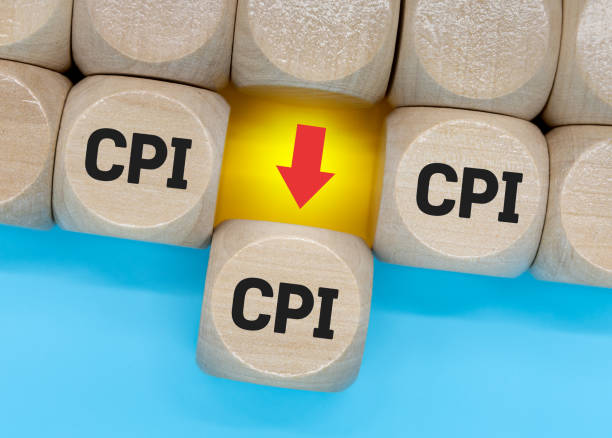The Consumer Price Index (CPI) fell 0.1% month-on-month (m/m), below the consensus forecast calling for a modest 0.1% gain. On a twelve-month basis, CPI edged lower by 0.3 percentage points to 3.0%.
- Lower energy prices – largely attributed to a 3.7% decline in gasoline prices – helped to push down on the headline measure. Grocery store prices were up 0.2% on the month and are up a subdued 1.6% y/y.
Excluding food and energy, core prices rose a modest 0.1%, a deceleration from May’s already soft 0.16% gain, and considerably below the hotter 0.37% monthly readings averaged through the first three months of the year. The twelve-month change on core slipped by a tenth of a percentage point to 3.3% – the smallest 12-month increase since April 2021.
Core services prices rose by a very subdued 0.1% – its weakest monthly gain since August 2021. This was the result of a notable deceleration in shelter costs – rising 0.2% after averaging monthly gains of 0.4% over the past twelve-month period – and an outright decline in the ‘supercore’ measure (-0.2%). Notable declines were seen across transportation – largely driven by a sharp 5% pullback in airfares – and recreational services.
Core goods prices fell by a modest 0.1%, thanks to a further pullback in both new (-0.2%) and used (-1.5%) vehicle prices.
Key Implications
This is exactly what the FOMC is looking for. Not only did the supercore measure slip into deflationary territory, but the long-awaited adjustment lower on shelter prices also appears to be underway, while core goods prices also continued to edge lower. Encouragingly, the three-month annualized rate of change on core inflation fell sharply to 2.1% – the softest reading since March 2021.
Speaking at his semiannual Congressional testimony earlier this week, Chair Powell described the May inflation report as ‘very good’, which would make this morning’s report excellent. Should the next two inflation readings remain on the softer side, a September rate cut looks to be very much in play.









